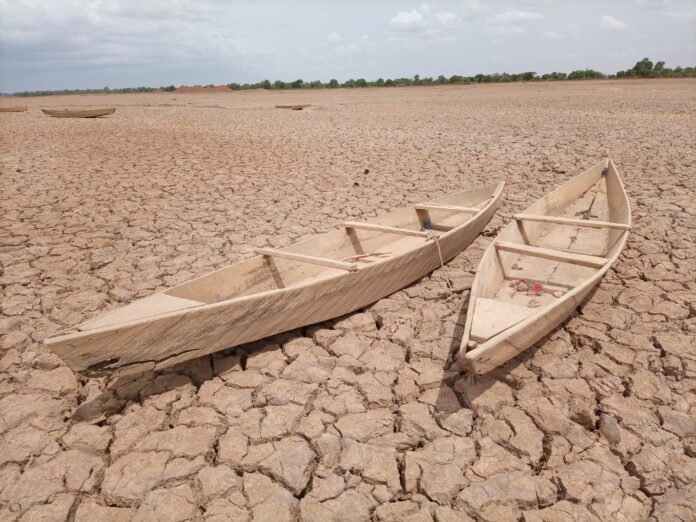Most parts of Indonesia are currently in the rainy season. However, in a few moments, the dry season will come. The Meteorology, Climatology, and Geophysics Agency (BMKG) even stated that the 2023 dry season will be drier than the previous 3 periods.
Head of the Meteorology, Climatology, and Geophysics Agency (BMKG), Dwikorita Karnawati stated that the 2023 dry season will be drier than the last three years (2020-2022). Rain intensity is also predicted to decrease in the coming months in several regions in Indonesia.
Therefore, she asked the community and local governments in drought-prone areas to harvest rain by storing it using water reservoirs or reservoirs.
According to her, the stored water can later be used to meet daily needs. It is considered necessary to do this, especially for drought-prone areas such as East Java, Bali, East Nusa Tenggara (NTT), and West Nusa Tenggara (NTB).
Apart from drought, Dwikorita Karnawati also said that the water crisis is becoming a serious threat and must be a concern of the world.
She added that the rapid pace of climate change has disrupted the water cycle, resulting in a water crisis.
“The water crisis occurs in almost all parts of the world and is a global crisis that must be anticipated by every country. It doesn’t matter if it’s a developed or developing country. Therefore, this issue must be a common concern for all countries without exception,” said Dwikorita.
The 2023 dry season is predicted to be even drier than the previous three years. This is because La Nina, which triggers a wet climate, is starting to move away from Indonesian territory.
Meanwhile, Acting Deputy for Climatology at the BMKG, Dodo Gunawan said, the latest monitoring of sea surface temperature in the Pacific Ocean shows that currently, the intensity of La Nina continues to weaken with an index in early February 2023 of -0.61.
This condition, continued Dodo, is predicted to continue to weaken and shift towards neutral conditions in February – March 2023. The neutral ENSO (El Nino Southern Oscillation) phenomenon is predicted to continue until mid-2023.























